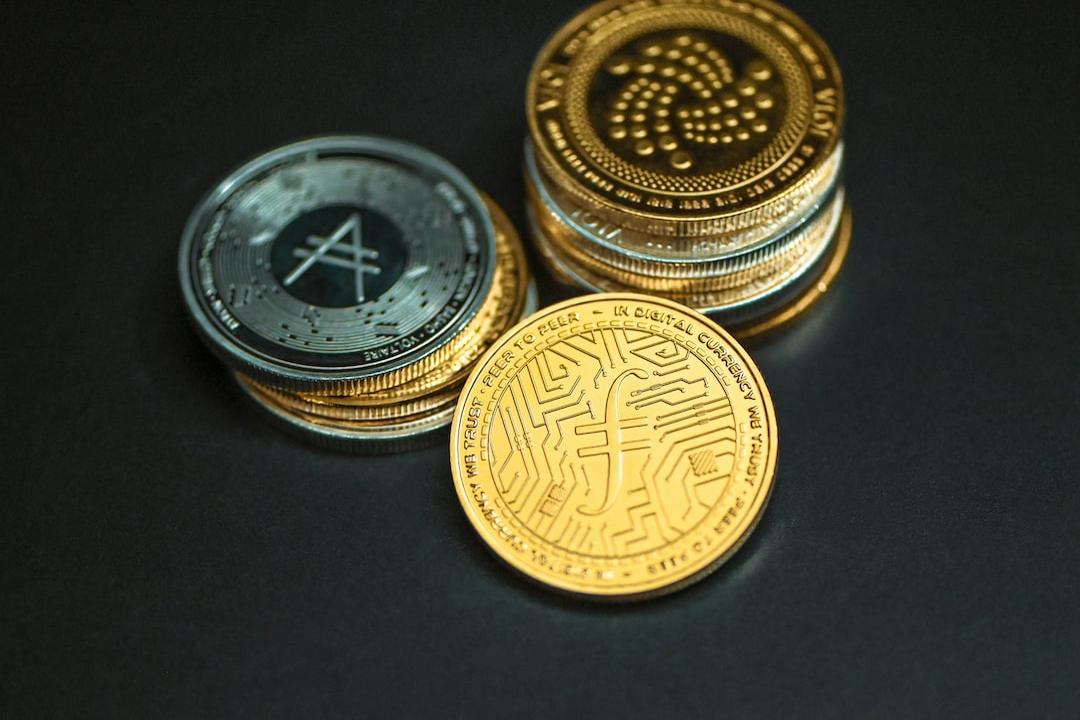Stripe Splurges $1.1 Billion to Acquire Bridge
Stripe has acquired Bridge for a price of $1.1 billion. Let me explain why this company is worth paying attention to, even if you may have never heard of it.
Firstly, Stripe is heavily investing in the stablecoin space. Earlier this year, Stripe’s co-founder demonstrated how to accept stablecoins on Solana through Phantom. They have also launched payment and collection features for cryptocurrencies, allowing any US merchant to accept stablecoins like USDC and settle in USD.
Even during bear markets, the trading volume of stablecoins continues to rise. With the support of efficient blockchains like Solana/Base, Stripe is confident in the adaptability of stablecoins.
These will become iconic statements in financial history: “Stablecoins are the room-temperature superconductors of financial services.”
So why did Stripe choose stablecoins? Currently, Stripe is just a payment gateway that relies on networks like Visa and Mastercard. They charge additional fees of around 1-3%, rely on banks and local partners, and have low authorization rates. Stablecoins can eliminate all intermediaries and allow Stripe to control the entire tech stack.
However, in order for Stripe to have control over the stablecoin tech stack, they need to build:
– On/Off ramps (conversion between fiat and cryptocurrency)
– Stablecoin issuance (e.g. Tether’s annual profit of $10 billion)
– Complex stablecoin infrastructure (involving over 20 blockchains, more than 10 stablecoins, etc.)
They could spend years building these, or they could achieve it through acquisition.
Introducing Bridge, founded in 2022 by two successful entrepreneurs (previously acquired by Square), with a founding team that includes former Chief Product Officer of Brex, @zcabrams, and Airbnb engineer Sean. Their vision is to build various types of stablecoin APIs. Initially, they operated by helping businesses accept stablecoin payments and establish stablecoin infrastructure (similar to Stripe’s approach in traditional finance). In 2023, they secured an undisclosed seed funding round (estimated at around $18 million, led by Sequoia).
In the past two and a half years, they have developed the following APIs:
– Bridging (conversion of on/off ramps, converting any form of USD to another form, e.g. converting USDC on Solana to USD)
– Issuance (minting stablecoins and investing reserves)
They have facilitated over $5 billion in transactions for clients including stablecoin fintech applications like @getdolarapp (virtual accounts provided by Leeds Bank), global financial operations like @SpaceX and the US government, and payment services like @scale_AI paying their contractors. They support various on/off ramps and the operation of cryptocurrency cards.
Who are their competitors? There are many! @ZeroHashX (larger in scale but lacking reputation), @Brale_xyz and @Paxos (stablecoin issuance; Paxos assisted in issuing PayPal’s PYUSD), and @CoinflowLabs, as well as any providers offering on/off ramps and stablecoin infrastructure.
Why choose Bridge? Prioritizing APIs, integration with Stripe’s tech stack, potential acquisition of competitors (e.g. integrating Bridge into stablecoin fintech companies planning to disrupt Stripe), providing complementary products (e.g. treasury services alongside stablecoin issuance, BaaS alongside cryptocurrency acceptance), and having common investors: Sequoia and tech founders in San Francisco. They also have a concise social media username, @stablecoin, thanks to @gizmothegizzer’s contribution.
So why spend $1.1 billion? Primarily because of the strong team – the founders have held leadership positions or worked at top startups like Airbnb, Brex, Coinbase, and Square – making them the best candidates to lead “Stripe Crypto Infrastructure.” License, product, market attractiveness, and customer base. I speculate that this deal will be primarily equity-based rather than cash-based.
From a strategic perspective, acquiring Bridge helps Stripe:
– Compete more quickly with crypto-friendly giants like BlackRock, Revolut, and PayPal
– Achieve 24/7 global operations and break through limitations of localized payment systems (Stripe faced significant challenges when expanding into long-tail markets like Asia and Latin America)
What’s next for Stripe? My speculation is that they will continue to support on/off ramps and acceptance of cryptocurrencies while mastering Bridge’s APIs. They will further develop stablecoin infrastructure (enabling global fintech companies to launch stablecoins, and possibly issue their own stablecoin, STUSD, for comprehensive control of the ecosystem). They will become advocates for stablecoin payments, enabling every convenience store to accept stablecoins.
As a stablecoin enthusiast, I believe this is positive news for the cryptocurrency market. It is the largest cryptocurrency acquisition ever (with more expected in the future) and Stripe’s largest acquisition, showcasing their grand vision for cryptocurrencies. Will this become a historic, Instagram-like acquisition that truly boosts the internet’s GDP?
This article is collaboratively reproduced from DeepTech.

